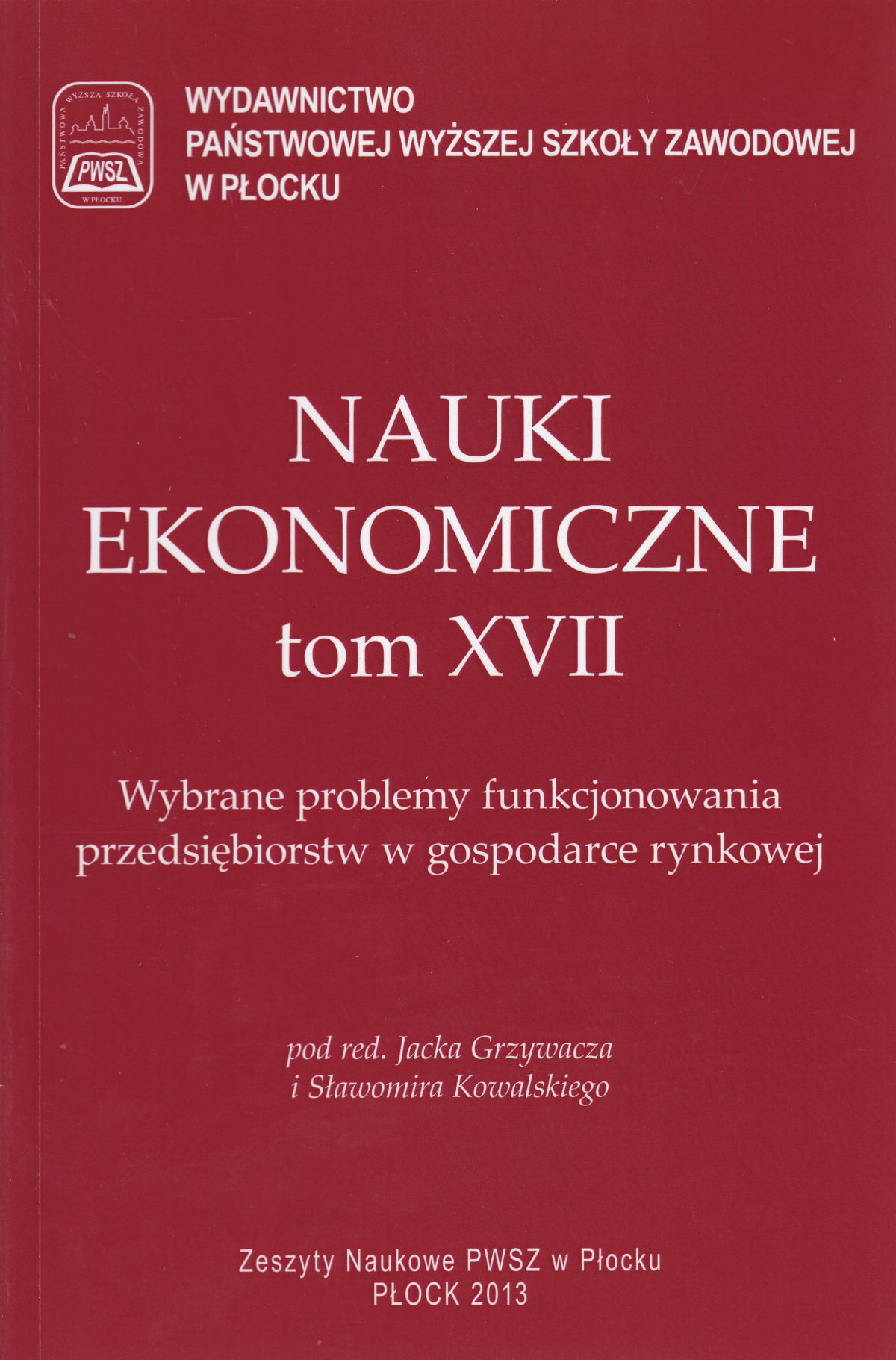TRADYCYJNE I ALTERNATYWNE MOŻLIWOŚCI FINANSOWANIA MAŁYCH I ŚREDNICH PRZEDSIĘBIORSTW
Abstract
Key words: alternative financing options, sector SME
Summary
Small and medium-sized enterprises in the Polish economy play
a significant role both in terms of the number of active entities, the
share in GDP, number of employees and participation in the creation
of economic growth. However, the results of study in this sec
tor indicate the number of barriers to their development, in particular
in the problem of payment gridlock, existing for many years.
All companies need funding, regardless of their size, location or
scope of activities. Funding comes in many shapes and sizes, depending
on the needs and capabilities of the funded company and
the approved funding strategy.
Committed capital is a necessary mechanism for the operation of
any enterprise, because without it its development is not possible.
In the subject literature there are many divisions of potential sources
of companies financing, based on various criteria, among
which the following are worth mentioning: the ownership of
capital, the source of capital, time of having certain capital at
one’s disposal, and funding target. The criterion source of capital
distinguishes the equity capital and third party capital. Every
company has assets (current assets and fixed assets) necessary to
conduct operations. To finance the necessary assets, the company
must obtain adequate capital. By capital we mean funds (financial
resources) assigned to the company by its owners21. In most companies
equity is the main source of funding. Third party capital,
however, is made available to the company for a specified period,
after which it should be returned.
In the current era the enterprises have at their disposal a number of
possibilities for financing their business. Traditionally, the forms of
financing include: issue of shares, bonds or commercial papers, leasing,
factoring, franchising, trade credit (merchant’s) bank loans and cash loans,
as well as forms such as private equity or venture capital. The
choice the enterprise has is very wide. Of course, not all forms of
funding are appropriate for each company. The selection of sources
of funding should take into account a number of factors that
define which methods of raising capital are at the moment most
appropriate for the company and blend together so as to form the
most favorable capital structure. The use of appropriate tools and
solutions allows operators to reduce the risk, thus affecting the
achievement of its goals of maximizing the value and growth of
the enterprise.
21
References
Bibliografia:
Duliniec A., Struktura i koszt kapitału w przedsiębiorstwie, Wyd. naukowe PWN
Warszawa 2001.
Enz T., Ravara C., Mezzanine Finance – A Hybrid Instrument with a Future, Economic
Briefing no.42, Credit Suisse, Zurich, 2006.
Grzywacz J., Faktoring, Difin, Warszawa 2001.
Grzywacz J., Kapitał w przedsiębiorstwie i jego struktura, Szkoła Główna Handlowa
– Oficyna Wydawnicza, Warszawa 2012.
Ickiewicz J., Pozyskanie, koszt i struktura kapitału w przedsiębiorstwie, Szkoła
Główna Handlowa – Oficyna Wydawnicza, Warszawa 2004.
NBP, Raport o stabilności systemu finansowego. Lipiec 2012 r.
Panfil M., Fundusze Private equity. Wpływ na wartość spółki, Difin, Warszawa
Skowronek–Mielczanek A., Małe i średnie przedsiębiorstwa. Źródła finansowania.
Wydawnictwo C.H. Beck, Warszawa 2005.
Skowronek–Mielczanek A., Małe i średnie przedsiębiorstwa. Źródła finansowania.
Wydawnictwo C.H. Beck, Warszawa 2005.
Sobańska K., Sieradzan P., Inwestycje private equity/venture Capital, Wydawnictwo
Key Test, Warszawa 2004.
Stecki L., Franchising. Wydawnictwo Dom Organizator TONiK, Toruń 2000.
